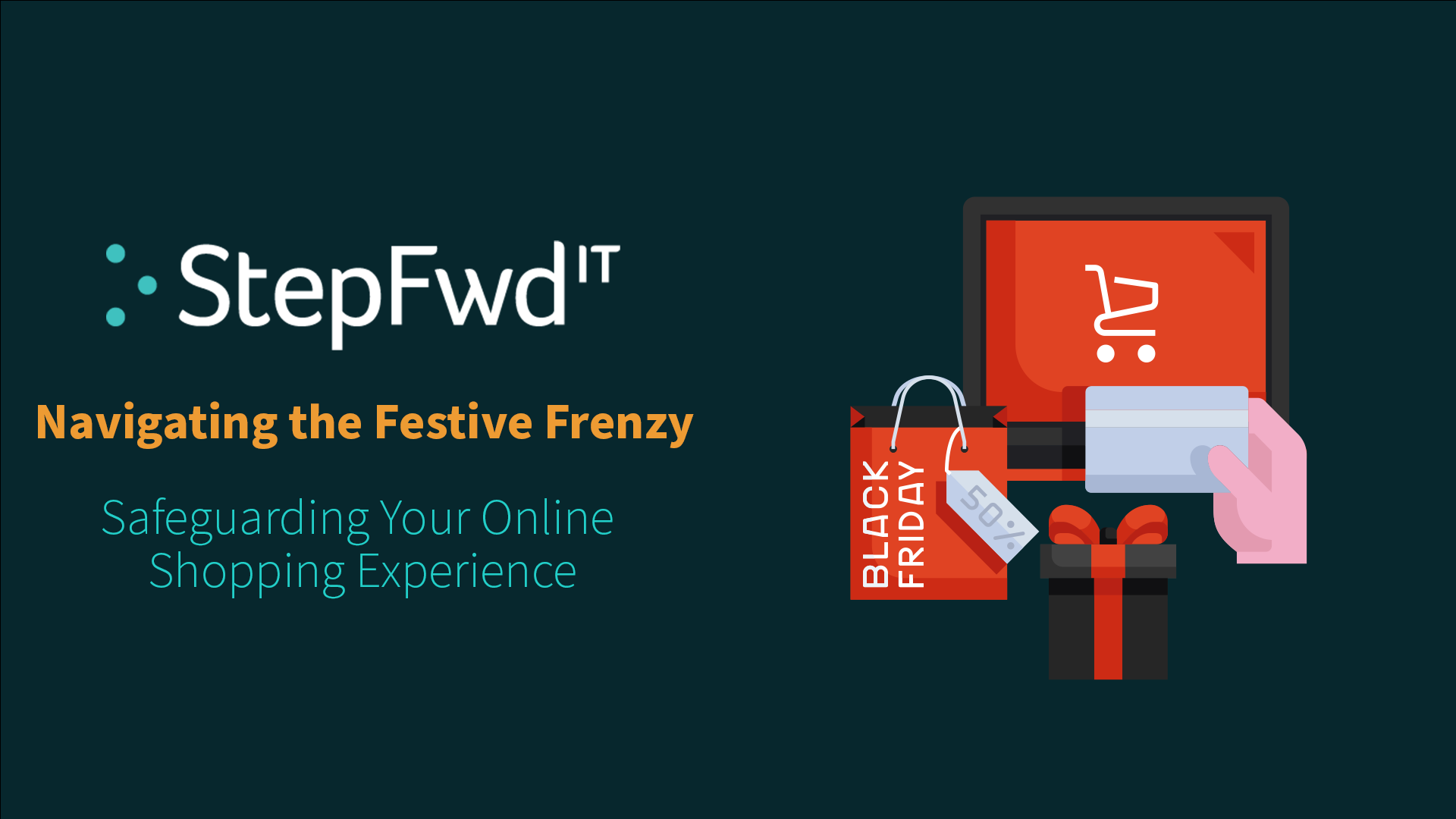
Navigating the Festive Frenzy: Safeguarding Your Online Shopping Experience
As the holiday season approaches, the allure of online shopping becomes irresistible for many. The convenience, endless options, and attractive discounts make it a preferred choice for many gift hunters. However, amidst the excitement, it’s crucial to acknowledge the potential dangers lurking in the digital shopping realm.
The Perils of Online Shopping
1. Identity Theft
Online transactions involve sharing personal information, making shoppers susceptible to identity theft. Cybercriminals often exploit weak security measures to gain unauthorized access to sensitive data such as credit card details, addresses, and more. To counter this threat, it’s imperative to use secure, reputable platforms that prioritize customer data protection.
2. Fake Websites and Scams
The internet is rife with fraudulent websites that mimic legitimate retailers. Unsuspecting shoppers may fall victim to these scams, losing money or receiving counterfeit products. It’s essential to be vigilant and verify the authenticity of the websites before making any purchases. Look for customer reviews, check for a physical address and contact information, and be wary of deals that seem too good to be true.
3. Unsecured Payment Methods
Using unsecured payment methods can compromise your financial information. Always opt for secure payment gateways and consider using credit cards with fraud protection features for an added layer of security. Many credit cards offer real-time fraud monitoring, providing an additional safeguard against unauthorized transactions.
4. Unsecured Wi-Fi Networks
Public Wi-Fi networks are convenient but often lack adequate security. Avoid making sensitive transactions when connected to public Wi-Fi to prevent unauthorized access to your personal information. Consider using a Virtual Private Network (VPN) when accessing public Wi-Fi to encrypt your connection and enhance security.
Tips for Secure Online Shopping
1. Use Reputable Websites
Stick to well-known, reputable online retailers. Check for customer reviews, and ensure the website has secure payment options. Reputable sites invest in robust security measures to protect their customers’ information.
2. Look for https://
Before entering any personal information, check if the website’s URL starts with “https://”. The “s” indicates that the connection is secure and encrypted. This encryption helps safeguard your data during transmission, making it more challenging for hackers to intercept.
3. Update Your Software
Keep your devices and browsers up to date. Regularly updating software ensures that you benefit from the latest security features. Software updates often include patches for vulnerabilities, enhancing the overall security of your devices.
4. Enable Two-Factor Authentication
Whenever possible, enable two-factor authentication for your online accounts. This adds an extra layer of protection by requiring a second form of verification, such as a code sent to your mobile device, in addition to your password.
5. Monitor Your Accounts
Regularly check your bank and credit card statements for any unauthorised transactions. If you spot anything suspicious, report it immediately to your financial institution. Early detection can prevent further unauthorized access and mitigate potential financial loss.
6. Beware of Phishing Attempts
Be cautious of emails or messages claiming to be from retailers, especially if they ask for sensitive information. Legitimate companies won’t ask for passwords or credit card details via email. If in doubt, visit the retailer’s official website directly rather than clicking on links provided in emails.
While online shopping offers convenience and endless possibilities, it’s essential to navigate this digital landscape with caution. By staying informed and adopting secure practices, you can enjoy the festive season without falling prey to the dangers that lurk in the shadows of the internet. Happy and secure shopping! Remember, a vigilant shopper is a secure shopper.